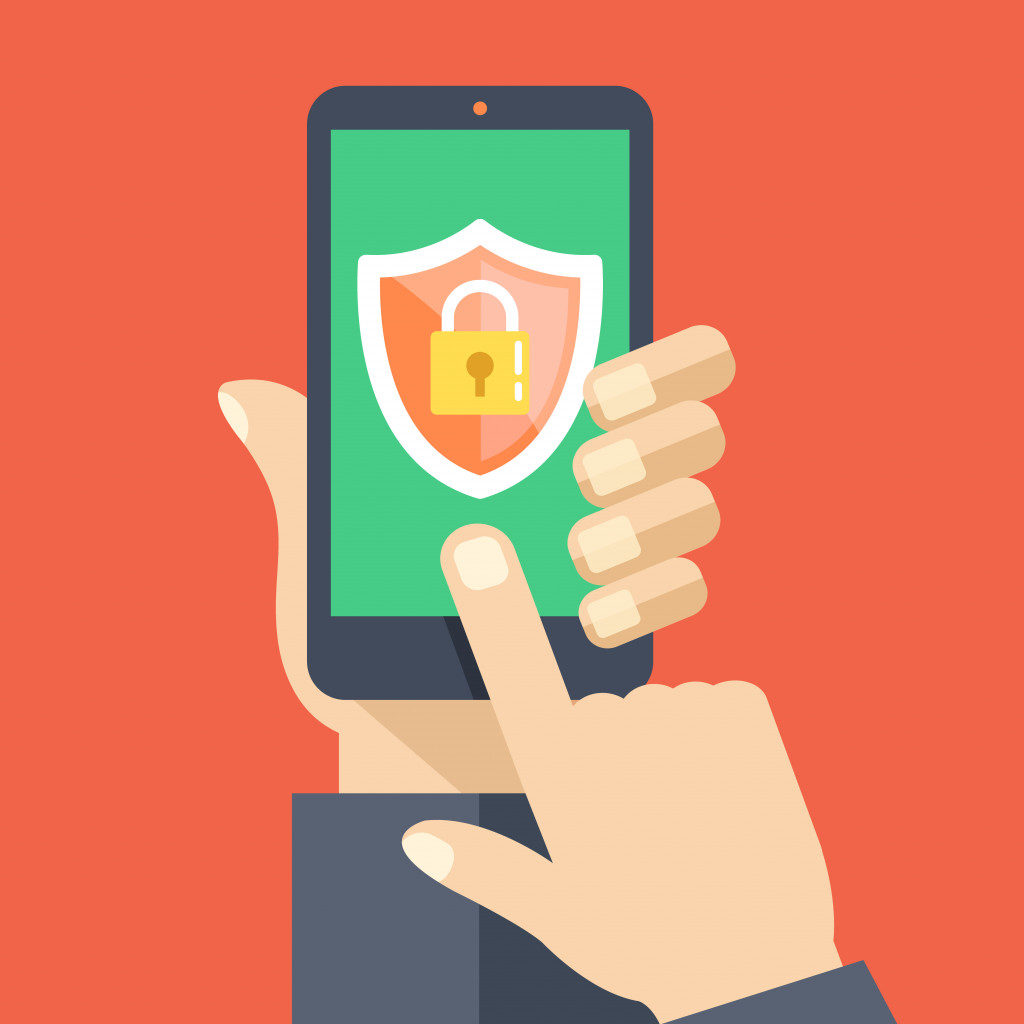Studies show that a majority of Americans don’t feel like they have enough control over their internet privacy. This anxiety is valid—after all, our internet activity is always being tracked by marketing experts so that they can sell more stuff to us. Moreover, we constantly provide our names and addresses to merchants every time we shop online or have something delivered.
For this reason, it’s important to take control over what we can take control of and make a habit of choosing internet practices that protect our information. The best part is that we don’t need fancy technology to protect ourselves online. Here are some simple steps we can take to ensure that our privacy is shielded from the dangers of the internet.
Be smart about what you post online
We live in the “pics or it didn’t happen” era, where every single thing we buy or eat has to be shared with our friends online. While you should not censor yourself and you have the freedom to post what you want (with responsibility, of course), you should also be careful about what kind of information you broadcast to the world. Here are some examples of what you need to avoid posting:
- All your contact information—email addresses, phone numbers, address, office address, and others
- The exteriors of your home, especially if you don’t have a fence or security cameras
- Where your kids go to school or everywhere else they frequent
Inspect your privacy settings
Almost all social networking sites have privacy settings and tools you can use to ensure that only people you authorize have access to information about you or the things you post. Check all of your privacy settings on Facebook, Twitter, Instagram, LinkedIn, Snapchat, and other sites to ensure that you have control over who can see the things you share, who can message you, who can look you up through email, and many others.
Set up two-factor authentication
Another simple thing you can do now is to set up two-factor authentication for all accounts that offer them, including your online bank accounts, email accounts, social networking accounts, and shopping accounts. Some examples of two-factor authentication include:
- Verification APIs for one-time passwords, which will connect your account to your mobile number. Any log-in or transaction will have to go through your mobile phone first since the system will send a text message containing the code to your mobile phone before the activity is approved. Many businesses and online stores offer this as well. If you’re a small business owner, this is a great way to protect your consumers.
- Some social media accounts offer backup codes, so be sure to take a screenshot of those codes through the log-in and security settings.
Find ways to evade tracking

Thankfully, Google is now finding ways to protect consumer privacy with their announcement that third-party cookies will soon be banned. This means that businesses and advertisers will need to find other ways to understand your movement as a consumer since they won’t be able to now use your data to target ads. This means your browsing habits will be protected in some capacity.
But this new development should not leave us complacent, especially since private browsing is also not enough protection. There are plenty of sophisticated tools in the market you can use to prevent tracking, such as search engines that don’t track or browser add-ons that can limit who has access to your data.
Avoid storing sensitive information on public storage
If you’re the type to forget passwords frequently, don’t use Google Docs and other public cloud services to list down your passwords. Don’t use DropBox to keep a copy of your scanned birth certificate and passport. Avoid using online services that were designed to share information to store sensitive information, photos, and data.
Review permissions on your browser extensions and mobile apps
Not everyone knows that many of these third-party extensions gain access to your contact information, photos, camera, geolocation, and others to profile you for advertising and marketing (or worse). But the good news is that they can’t use your information without your permission, so just be sure to review all the permissions you have on your apps and accounts across all gadgets.
More Tips
- Use only secure and hard-to-guess passwords, and choose different ones for every account. Keep a written list of all your passwords so you don’t forget.
- Disable lock screen notifications for your social media accounts, emails, and online banking so no passerby or stranger will have access to your business.
Practice good internet safety, and you will surely protect yourself from those who want to take advantage of you. Stay safe out there!
